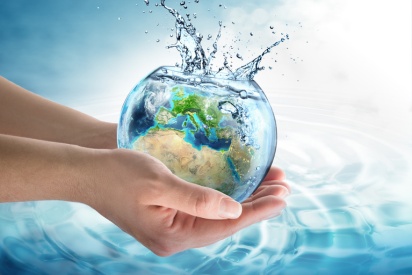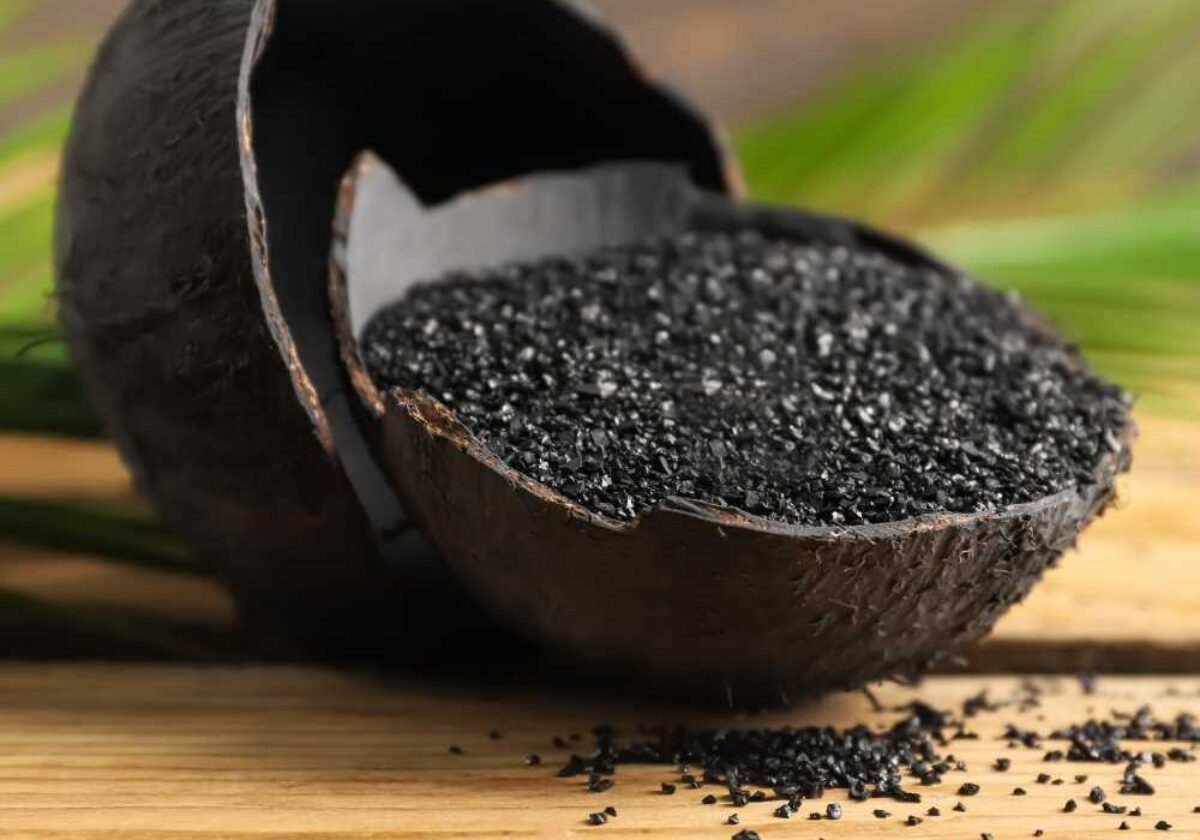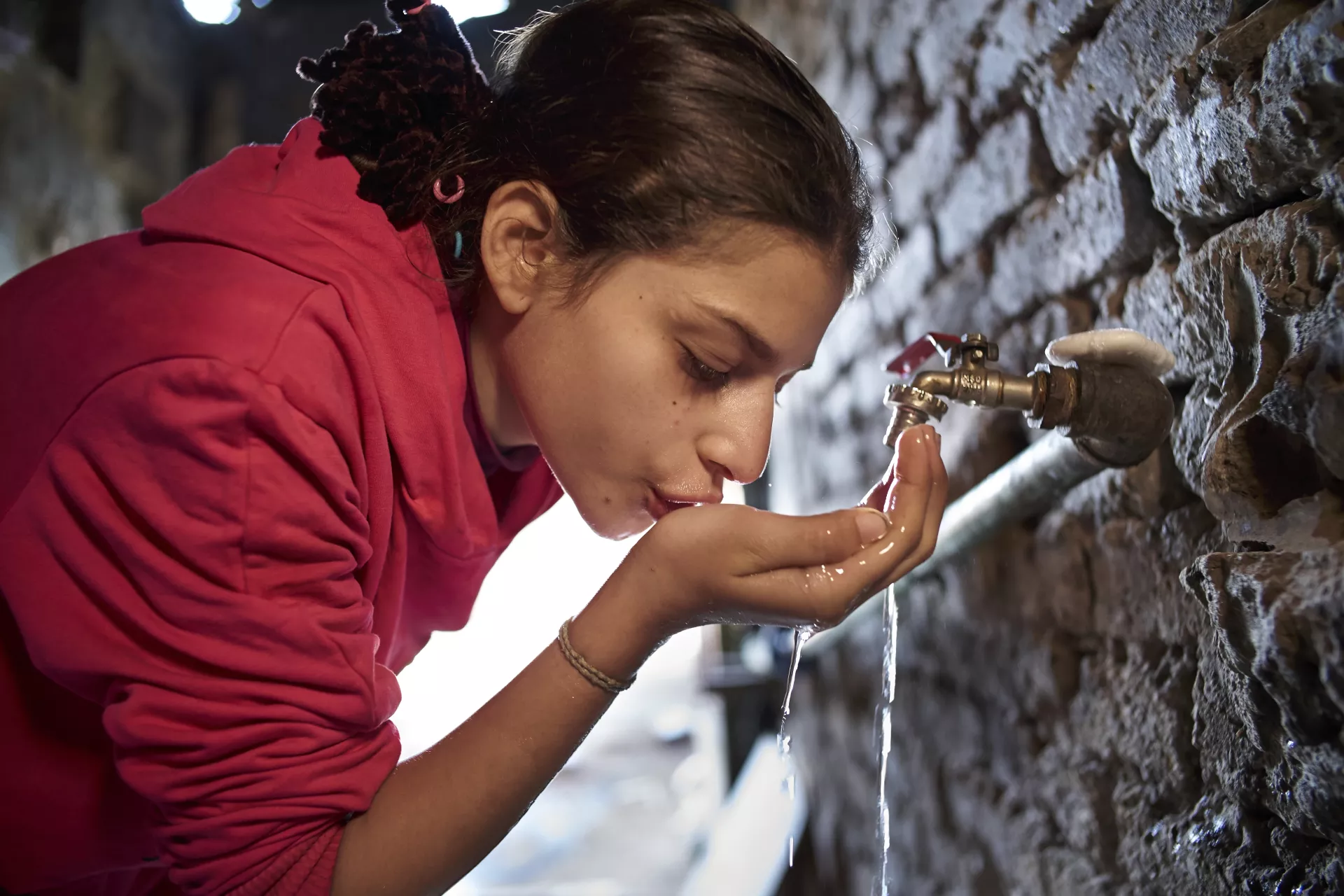water recycling and reuse
Water reuse generally refers to the process of using treated wastewater (reclaimed water) for beneficial purposes such as agricultural and landscape irrigation, industrial processes, nonpotable urban applications (such as toilet flushing, street washing, and fire protection), groundwater recharge, recreation, and direct or undirected water supply. Its increased application has been facilitated by modern wastewater treatment processes that have advanced substantially during the twentieth century. These processes can now effectively remove biodegradable materials, nutrients, and pathogens, so the treated water has a wide range of potential applications. Although nonpotable water reuse is overwhelmingly dominant on a global scale, reuse as potable water has been accepted for centuries since downstream users virtually produced their potable water from rivers and groundwater that had circulated upstream through multiple cycles of withdrawal, treatment, and discharge. In Australia, the supply of reuse water increased from less than 1% of total supply to nearly 4% between 1996–97 and 2004–05, and agriculture used 66% of the reuse water, followed by irrigation use in parks, gardens, and sporting fields (14%) and the water supply industry (9%). In addition to providing a dependable and locally controlled water source, water reuse brings tremendous environmental benefits, such as decreasing water diversion from or wastewater discharge to sensitive ecosystems, reduction and prevention of pollution, and creation, rehabilitation, or improvement of wetlands and riparian habitats. Water reuse is regarded as a sustainable approach and can be cost-effective in the long term; however, treatment of wastewater to an appropriate quality for reuse and the capital cost for installing new distribution systems can initially be expensive compared to the existing water supply systems. Furthermore, water reuse should also take public acceptance and security into account.



